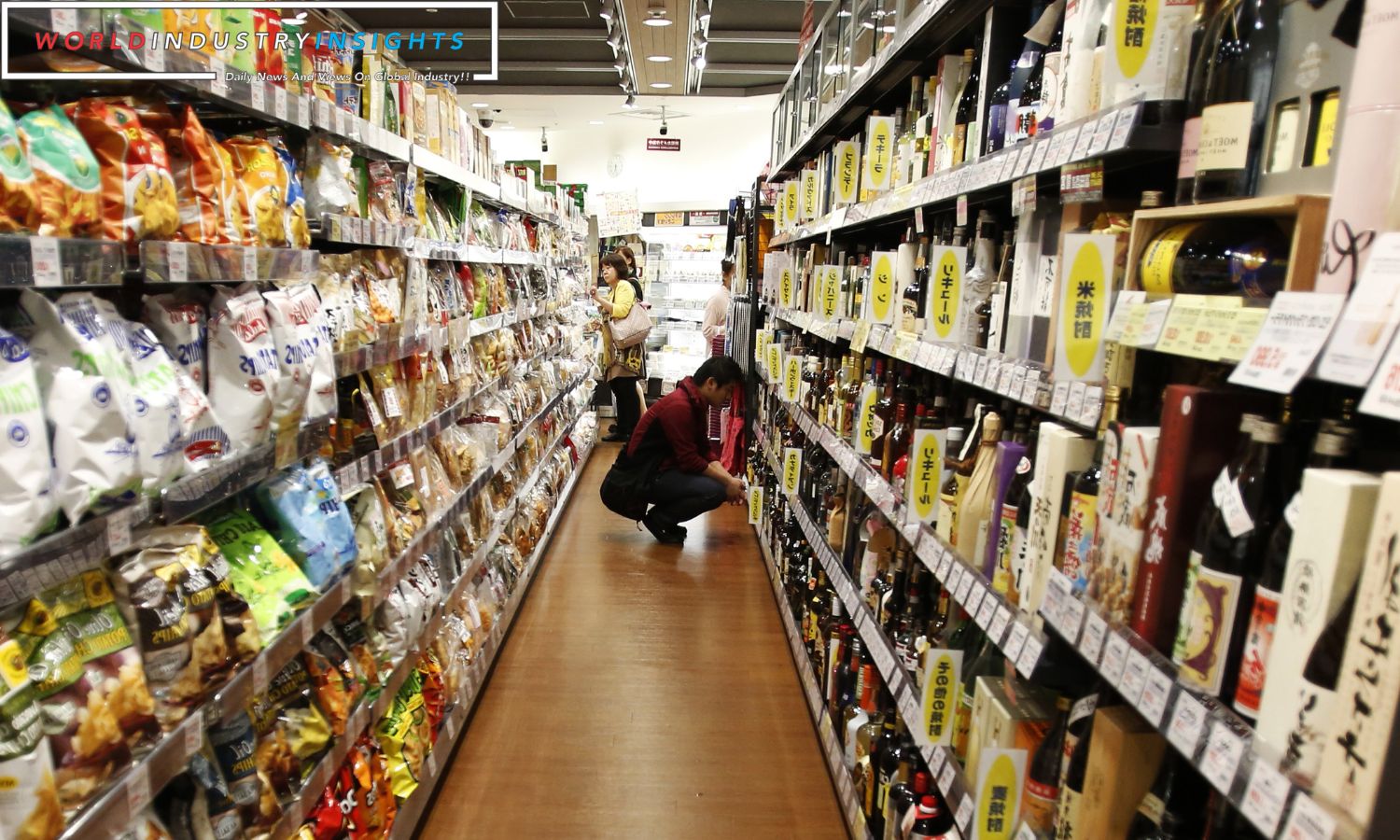Japan Inflation Pulse Weakens: Japanese wholesale inflation has hit the brakes, slipping below 1% for the first time in over two and a half years, signaling a potential easing of the cost-push pressures that had been propelling prices across various goods.
The Corporate Goods Price Index (CGPI), reflecting prices companies charge each other, posted an 0.8% increase in October from a year ago. While in line with market expectations, it marks a significant slowdown from September’s 2.2% surge, marking the 10th consecutive month of decelerating wholesale inflation.
The dip is attributed to price declines in wood, chemical, and steel products, showcasing the influence of diminishing global commodity costs. The trend indicates a departure from the earlier spike in wholesale inflation, which prompted Japanese firms to transfer higher costs to households. This practice prompted the Bank of Japan (BOJ) to revise its inflation forecasts upward in October.
However, the BOJ emphasizes the need for a shift from cost-push inflation to price increases driven by robust domestic demand and accompanied by wage growth for any consideration of ending ultra-low interest rates.
The data signals a potential shift in the inflation landscape, posing challenges for the BOJ’s monetary policy as it seeks a sustainable and domestically driven uptick in prices. As Japan navigates these economic currents, the focus remains on how inflation dynamics will evolve in the coming months.
Also Read: Japanese Prime Minister Unveils $112 Billion Stimulus Package Amidst Inflation Concerns
Our Reader’s Queries
Why does Japan have such a low inflation rate?
The Bank of Japan’s significant purchases of government bonds have allowed the Japanese government to provide substantial subsidies for goods and services. It’s estimated that roughly half of the items in the Japanese consumer basket, which is used to gauge consumer price inflation, are subsidized.
What is Japan doing to combat inflation?
In November 2023, Prime Minister Kishida took action to address inflation by announcing a stimulus package worth 17 trillion yen (US$113 billion). The package includes subsidies to help offset the effects of rising energy prices, financial assistance for low-income households, and tax reductions. These measures aim to alleviate the burden of inflation on the Japanese economy and its citizens.
Why is Japan suffering from deflation?
The persistent deflationary trend in the country can be traced back to the economic stagnation of the 1990s. During this time, declining prices led to a decrease in demand and growth, ultimately resulting in the long-term effects we see today.
Is Japan in disinflation?
According to Olivier de Berranger, the CIO of La Financière de l’Echiquier in France, Japan is experiencing a significant moment in its history. After 30 years of structural disinflation, the country is finally seeing an end to this economic issue. However, de Berranger notes that the monetary fire is still not strong enough to make a significant impact.

